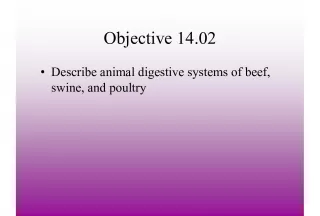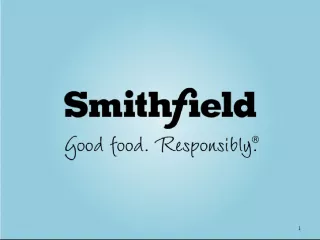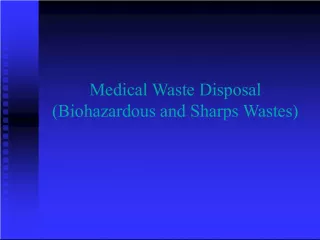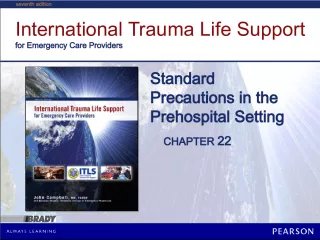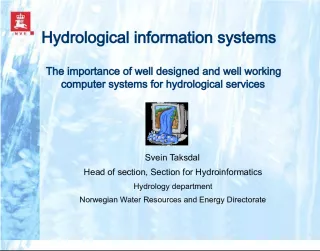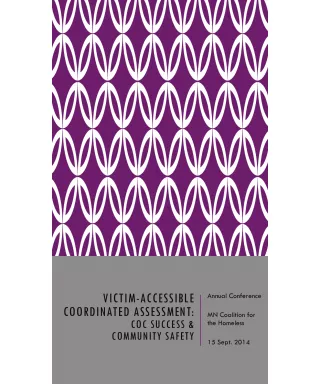Beef Handling and Storage Fundamentals for Foodservice Providers
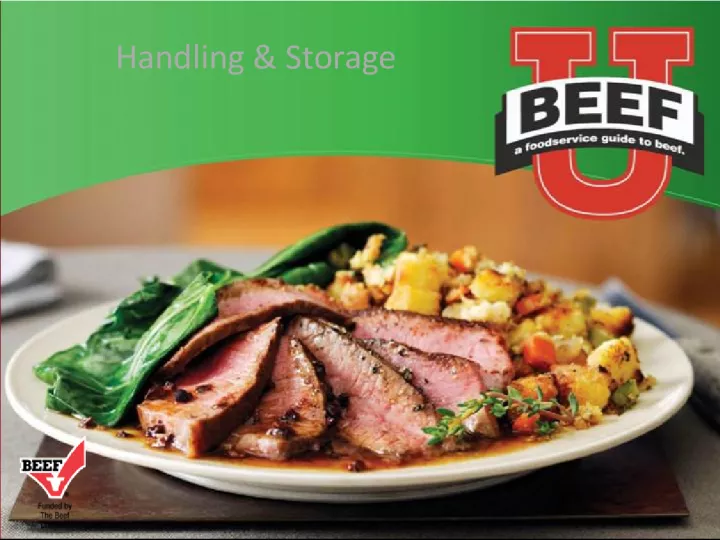

This article provides essential tips and practices for safely handling and storing beef throughout the foodservice chain. Learn about the importance of time, temperature, sanitation, and other factors that help keep beef fresh, safe, and spoilage-free.
- Uploaded on | 3 Views
-
 kaithy
kaithy
About Beef Handling and Storage Fundamentals for Foodservice Providers
PowerPoint presentation about 'Beef Handling and Storage Fundamentals for Foodservice Providers'. This presentation describes the topic on This article provides essential tips and practices for safely handling and storing beef throughout the foodservice chain. Learn about the importance of time, temperature, sanitation, and other factors that help keep beef fresh, safe, and spoilage-free.. The key topics included in this slideshow are Handling, Storage, Beef, Foodservice, Sanitation,. Download this presentation absolutely free.
Presentation Transcript
1. Handling & Storage
2. 1. Keep it CLEAN 2. Keep it COLD 3. Keep it Covered 4. Keep it MOVING Handling and Storing Beef Fundamentals Practices throughout the foodservice chain are vital to keep product fresh, safe and spoilage-free A Vital Spoke in the Foodservice Wheel BIG 4 The
3. Most foodservice operators purchase beef as: Pre-cut, ready-to-use, fresh or frozen, portioned steaks and roasts, or Vacuum-packaged subprimals, portioned in-house Ground beef, frozen or fresh patties, ground beef chubs Fundamental factors to ensure safety are: Time Temperature Sanitation The Big 4
4. Applies to: Food prep, receiving and storage areas Storage areas: Stack boxes off the floor, away from walls to ensure good air circulation Watch for wet boxescould be a leaker (vacuum bag with broken seal) Good sanitation practices reduce potentially harmful bacteria from spreading On the loading dock During fabrication or food preparation In the freezer or cooler Keep it Clean
5. Even small temperature changes can impact beefs safety, quality and palatability Check product before accepting delivery (temperature + visual inspection) Immediately move to appropriate storage areas Never leave on the loading dock unattended Cut subprimals under refrigerated conditions Return covered cuts to cooler (unless preparing immediately) Do not allow beef to remain unrefrigerated (unless preparing immediately) Use safe thawing techniques Refrigeration (in ridge pan on bottom shelf) Completely submerged under running water Cook directly from frozen Keep it Cold
6. FIFO: First In, First Out Rotating minimizes spoilage and avoids losses Helps ensure food safety, sustains product quality and maximizes customer satisfaction Keep it Moving
7. Should be received at <40F Should be refrigerated immediately between 32 and 35F Beef freezes at about 28F Prolong beefs life store in cooler! Temps above 40F encourage bacteria growth and compromise quality Always check your companys specifications and policies Fresh Beef HANDLING AND STORING FUNDAMENTALS:
8. Recommended foodservice freezer between 10 and 40F Freezing beef <28F stops the growth of all microorganisms, including those that might cause: Spoilage Food poisoning Freeze Fast, Thaw Slow Minimizes the formation of larger ice crystals, which can break cell membranes, causing moisture loss during thawing and cooking Avoid freezing fresh beef in the foodservice kitchen. If you must: Wrap tightly with total film to product contact Freeze quickly If frozen between 0F and 10F, store for 6-12 mos. Frozen Beef HANDLING AND STORING FUNDAMENTALS:
9. Signs of improperly packaged beef in frozen storage: Unacceptable odors and flavors Rancidity Freezer burn Discolored, dry-looking surface Safe to eat These effects are irreversible Too Much of a Cold Thing
10. Rapid thawing NOT recommended Equally as damaging to beef as slow freezing Large ice crystals, increased microbial growth Increased purge during thawing Increased drip loss during cooking Product quality can be negatively affected Cook beef directly from frozen, or from a fully-thawed state Thaw slowly and completely in cooler with packaging material left intact Vacuum-packaged product can be thawed in running water Thawing in a microwave is acceptable as long as the beef is immediately cooked after thawing process Thawing Frozen Beef
11. Most bacteria require oxygen (air) to grow and reproduce Vacuum bag virtually eliminates air Significantly slow bacteria growth, AND Slowing deterioration process to a minimum Natural tenderization (or aging) continues How it Works VACUUM PACKAGED BEEF:
12. A very small percentage of all vacuum packaged beef Caused by faulty seals, or mishandling products that lead to punctures during shipping or product transfer Familiarize yourself with company policies on leakers and follow those guidelines Leakers
13. Also called exudate or weep, purplish-red liquids found in packaged beef cuts Amount may be an indicator of improper handling Purge increases as time from packaging-to-use increases Causes: Closely trimmed beef may purge more Some beef subprimals tend to have more purge than others (knuckle/round tip, top sirloin butt, chuck roll) Enhanced or marinated product is not the same as purge Storing the product at the recommended refrigerated temperatures will keep purge to a minimum Purge
14. Slight soured smell may exist when vacuum-packaged beef is first opened Usually a brief soured smell Normal Should disappear after exposure to air Higher storage temperatures may promote increased odor If odor does not disappear: Check box code dates If a leaker, check your companys policy and follow those guidelines Odor
15. For more information, please visit www.nraef.org/servsafe ServSafe
16. While not a glamorous part of the food business, handling and storing beef is vital to safe eating and maximizing product quality Live by these simple rules: Keep it CLEAN Keep it COLD Keep it Covered Keep it MOVING Vacuum packaged beef has been a significant product innovation increasing the shelf life of beef Handling & Storage: A Vital Spoke in the Foodservice Wheel


